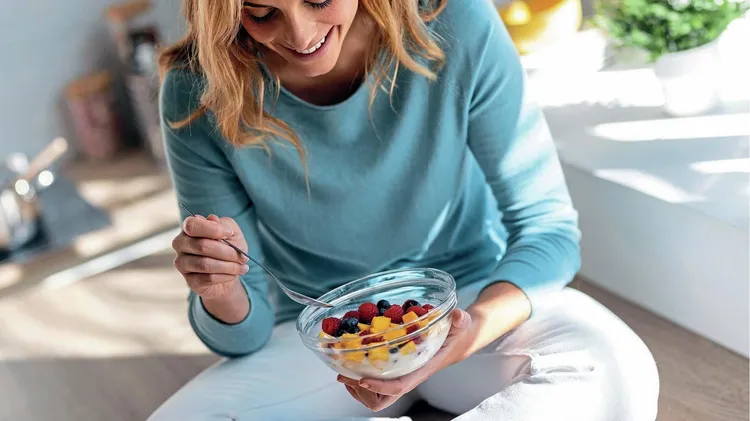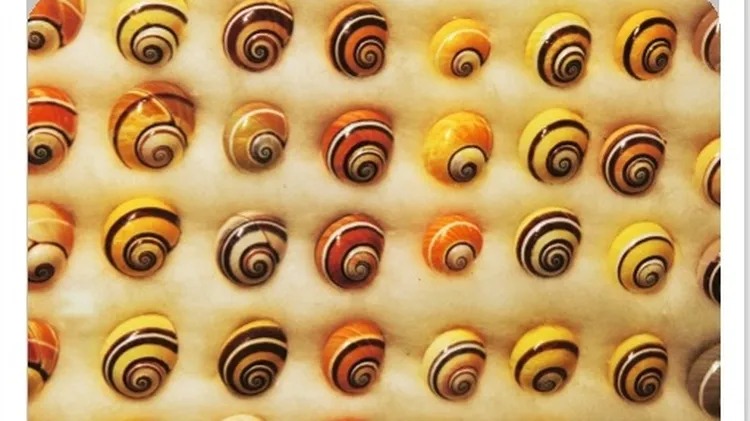Discover which foods make least impact on the environment – a
Your sustainable shopping list
10 min read
This article is from...
Read this article and 8000+ more magazines and newspapers on Readly






